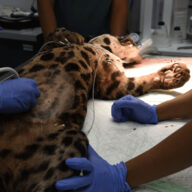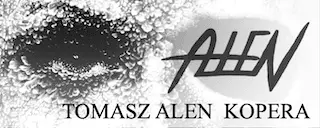
About Us

The Save Wild Cats Foundation was established in 2019 to rescue the most endangered species of cats – especially the smaller species that are least known and studied, such as the Iriomote cat, black-footed cat, African golden cat, and Bornean bay cat (more than 95% of the funds raised by NGOs for cat conservation are used to save big cat species – such as lions, tigers, panthers and cheetahs).
The Foundation therefore focuses on the conservation of small wild cat species that are quietly disappearing – such as the flat-headed cat, Bornean bay cat, marbled cat, and Sunda clouded leopard, all native to Asia (especially Indonesia), as well as the black-footed cat (South Africa) and the African golden cat (Uganda), both native to Africa. Our main goal is to improve assisted reproduction techniques and to collect and preserve genetic material, including sperm and oocytes.




The bay cat
The coat of the Bornean Mormi is usually chestnut in color, but individuals with a gray tint have also been known. The bay cat has a long tail about 73% of its body length, a rounded head and small, rounded ears.

Marbled leopard
Primary color is brownish-gray to reddish-brown. The sides and back of the body are covered with large, irregular brown to reddish spots surrounded by a black border. The large spots progress to small dark spots on the limbs, tail and neck.

The flat-headed cat
The flat-headed cat is characterized by an elongated head and flattened forehead. Its ears are small, rounded, and well-set on the sides of the head. It has noticeably large, closely set eyes. The cat’s claws do not touch the ground when it walks but are always slightly extended from their sheaths. Its paws are long and narrow, with a well-developed Interdigital membrane between the toes.



The foundation provides financial support to centers housing the aforementioned small cat species, covering costs such as veterinary care, food, and other essentials. These animals are not particularly attractive to visitors, so ensuring good living conditions for them is often not a priority for the centers. This allows the foundation to help preserve and expand the gene pool of small cats in captivity. Such preserved gene pools of captive animals have already been used multiple times to help save other endangered species.
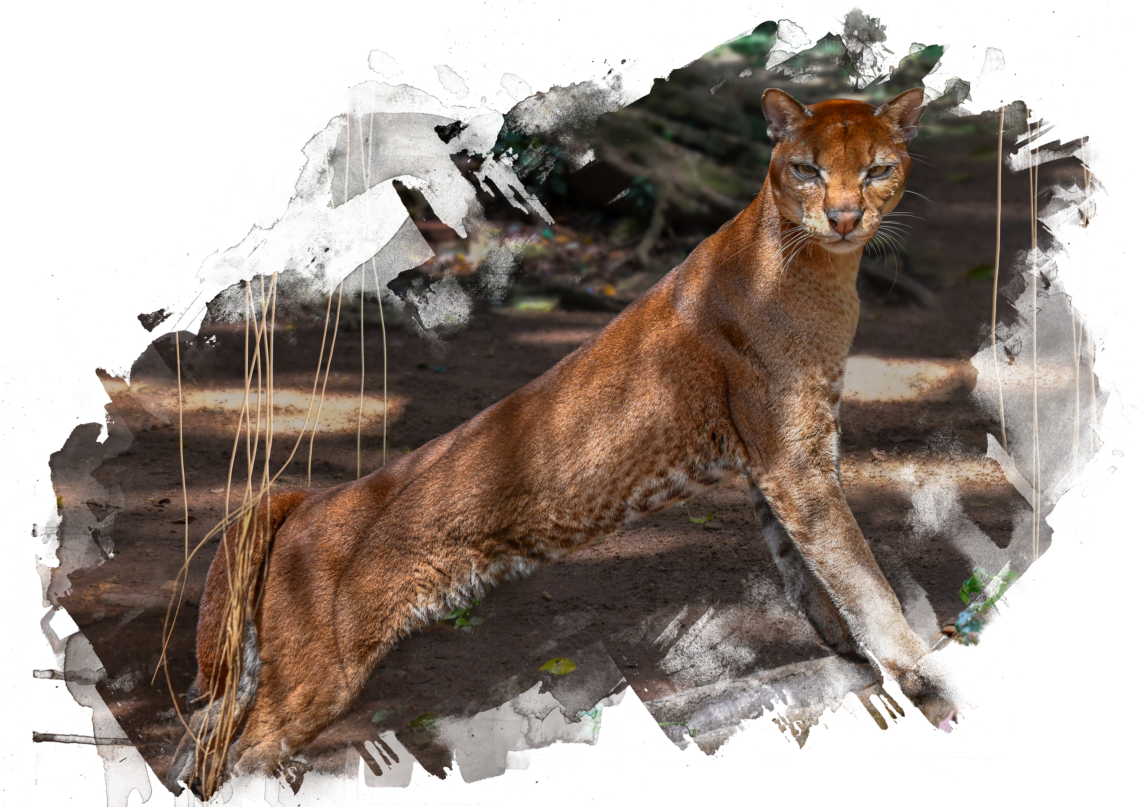
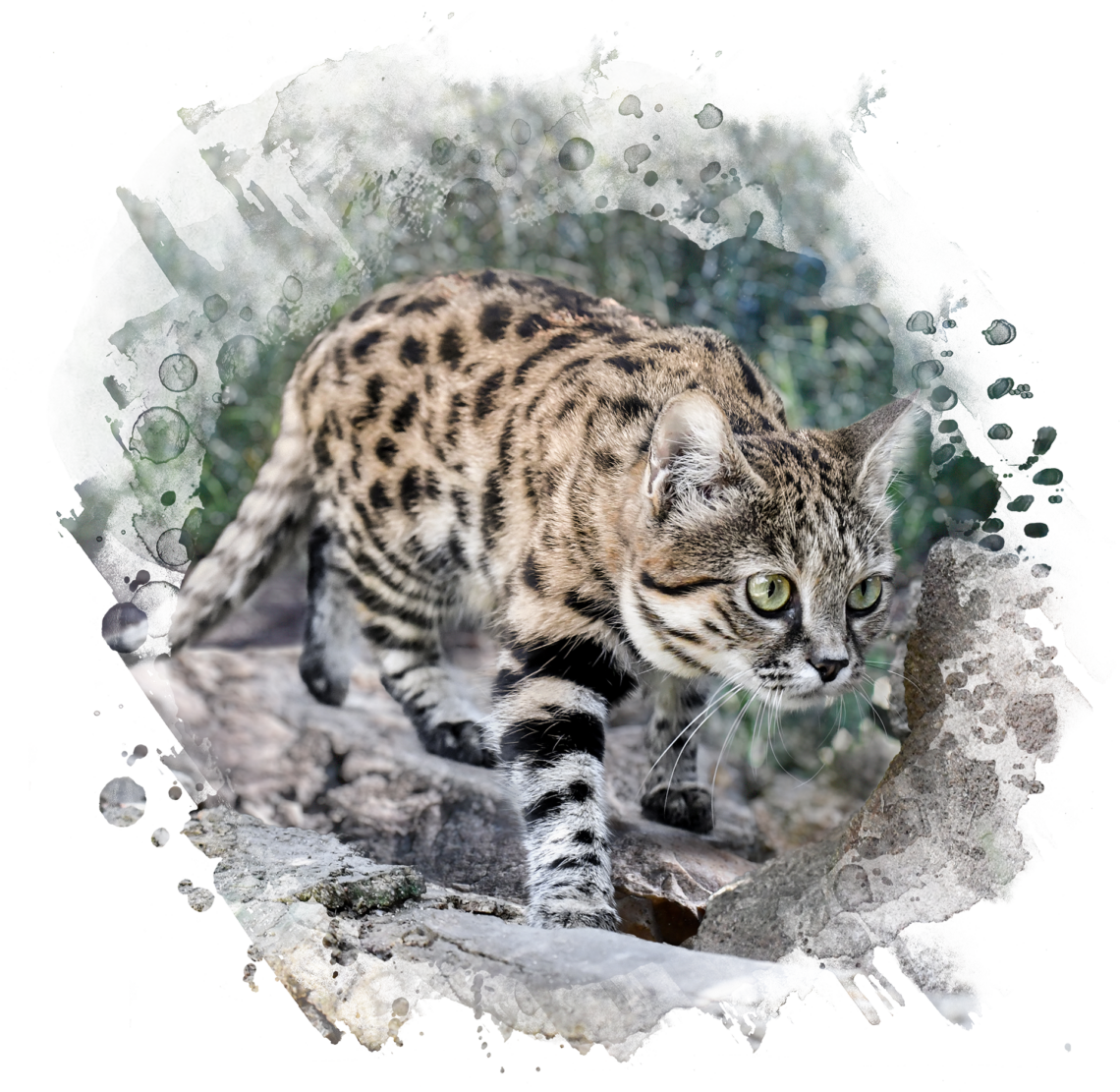


African golden cat
The African golden cat is a medium-sized cat with a compact body and relatively short legs. Its head is small to its body, and its ears are rounded. The fur can be reddish brown or grayish, spotted or smooth. The throat, chest, and underside of the body are white, and there are usually large dark spots on the belly.

Black-footed cat
The black-footed cat is one of the smallest cat species in the world and the smallest in Africa. The Black-footed Cat gets its name from its black pads and the underside of its paws. Its fur is fawn-colored and marked with black and brown spots, merging into broad neck, legs, and tail stripes.

Sunda clouded leopard
The Sunda clouded leopard has a finer pattern on its fur and more gray fur than the clouded leopard. Its gray fur has cloud-like patterns that are darker than the background. This particular fur pattern and the region in which it occurs (Sundaland or Sunda Region refers to the islands of Sumatra, Borneo, Java, Bali, and the Malay Peninsula) give the name Sunda Nebelleopard.



The foundation’s team collects and stores genetic material, including sperm and oocytes, and improves assisted reproduction methods. This is the only way to secure the future of these cats in case in-situ measures do not work.




The foundation is also involved in projects in Borneo, where it is funding a photo trap system to obtain data on the locations and behavior of rare cat species, whose protection and research is the foundation’s goal.

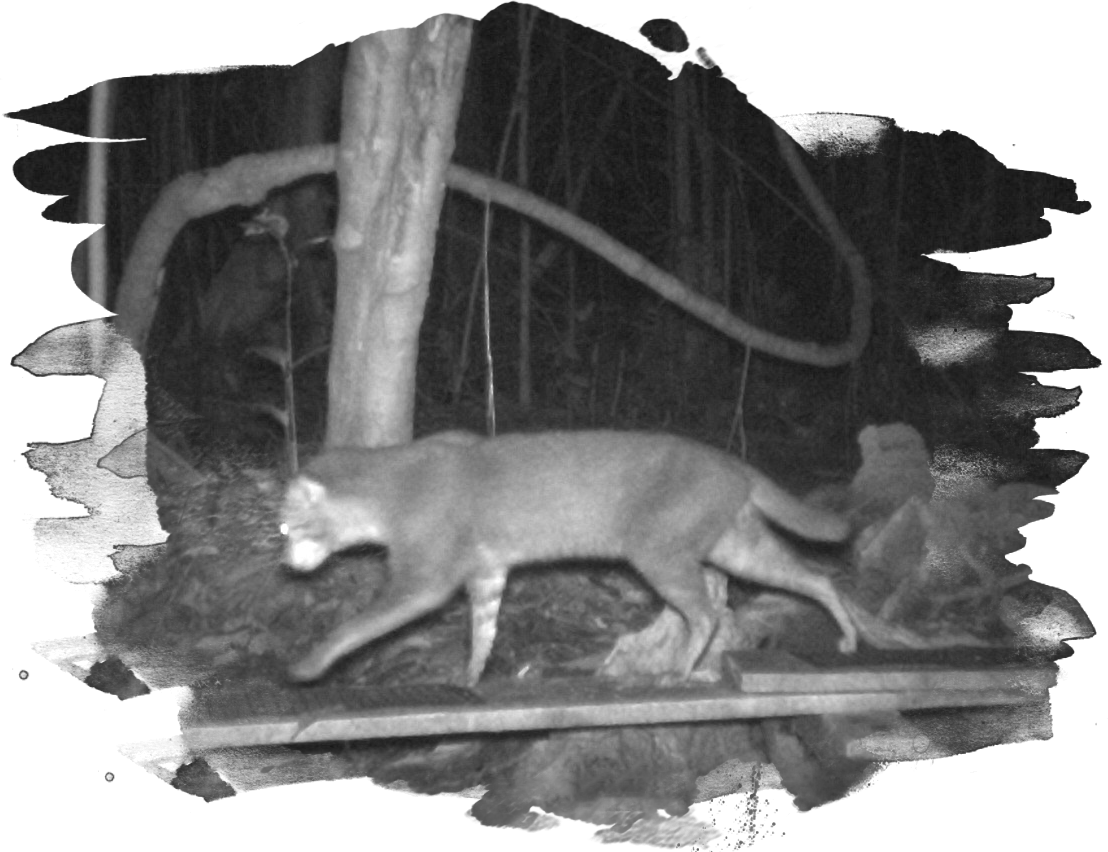


Our Team
The team is composed of people (scientists, veterinarians, specialists, entrepreneurs) thanks to the commitment of whom the foundation’s goals are realized.


dr Colleen Lambo
Veterinarian


prof. Wojciech Niżański
Expert in artificial insemination and assisted reproduction
Department of Reproduction with the Clinic of Farm Animals


dr Sylwia Prochowska
Expert in artificial insemination and reproduction of wild cats
Department of Reproduction with the Clinic of Farm Animals


dr Karolina Kijek
Veterinarian, expert in the welfare of wild cats


dr Isabel Callealta Rodriguez
Veterinarian, expert in wild cat reproduction


Kamila Pluta
Science relations coordinator, veterinary student


Piotr Smoleń
Technology advisor


Wojciech Kopczyk
Breeding advisor, animal husbandry expert, specialist in wild animal breeding
The board of the foundation
Mariusz Smoleń
President of the Board



Foundation headquarters
The foundation is headquartered in an office building owned by a group of technology companies that support its operations and the foundation’s goals. Part of the office building of the capital group financing the foundation has been appropriately adapted so that domestic cats can live happily in this space, participating daily with the staff. We conduct observations on felinotherapy, and IT employees have the opportunity to relax at work through contact and play with cats. The foundation provides daily care for the cats.
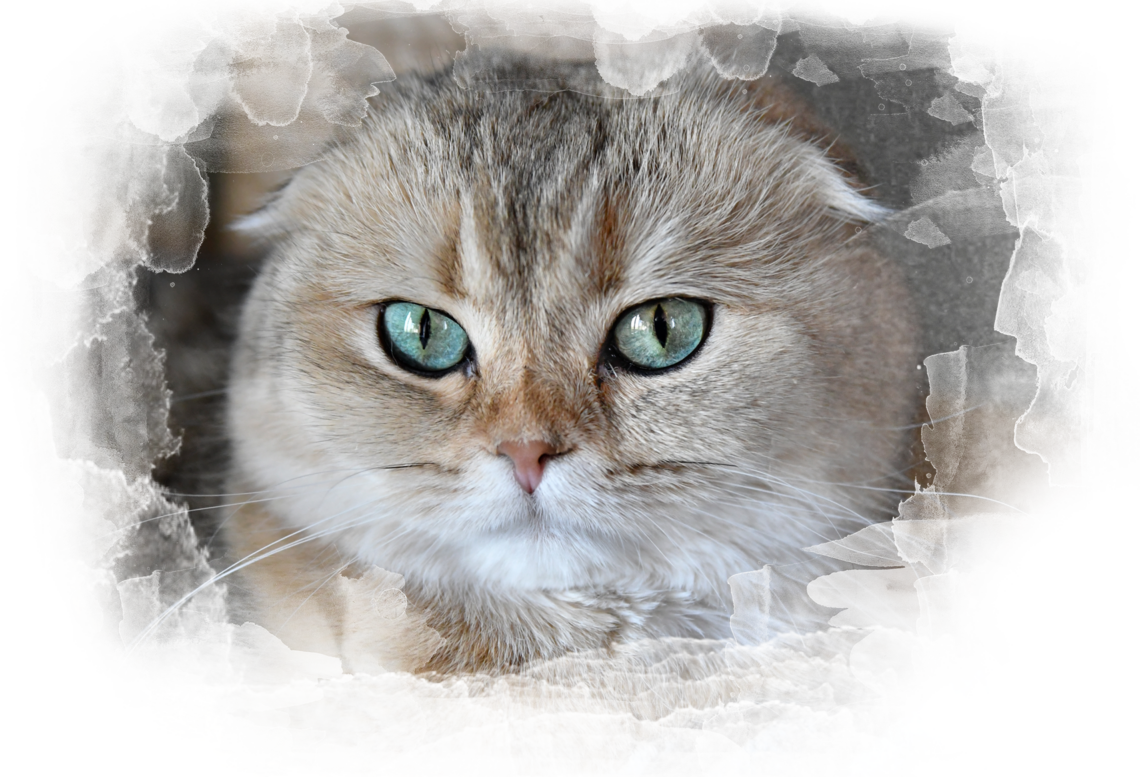

The flat-headed cat
The flat-headed cat is characterized by an elongated head and flattened forehead. Its ears are small, rounded, and well-set on the sides of the head. It has noticeably large, closely set eyes. The cat’s claws do not touch the ground when it walks but are always slightly extended from their sheaths. Its paws are long and narrow, with a well-developed Interdigital membrane between the toes.

Foundation partners
The Foundation works with numerous partners to effectively achieve its goals and mission.
